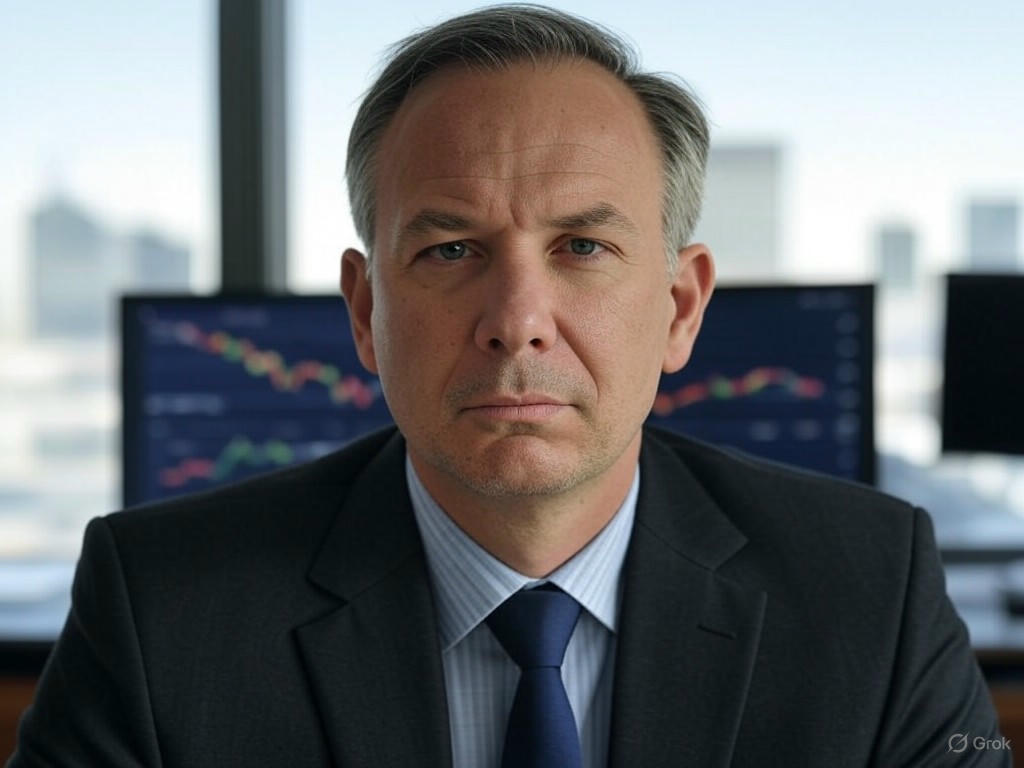Dollar’s Safe Haven Status Wavers Amid Global Tensions
The U.S. dollar, long regarded as a bastion of safety during times of global uncertainty, is clinging to its status with increasing fragility. Recent geopolitical unrest, particularly in the Middle East, has provided a temporary lifeline to the greenback, but market sentiment suggests this support may be fleeting. A fresh survey of financial experts reveals a growing unease about the dollar’s ability to maintain its role as the world’s go-to safe haven currency amidst evolving economic and political challenges.
The ongoing conflict in the Middle East has intensified, with ripple effects felt across global markets. Historically, such turmoil drives investors toward the dollar, seeking stability in a currency backed by the economic might of the United States. This pattern has held true in recent weeks, as capital flows into U.S. assets have spiked amid fears of broader instability. However, the latest insights from industry polls indicate that this trend may not last. Many analysts now question whether the dollar can withstand mounting pressures from both domestic and international fronts. Rising U.S. debt levels, inflationary concerns, and the growing appeal of alternative reserve currencies like the euro and yuan are chipping away at the dollar’s once-unassailable position.
Beyond geopolitical factors, the survey highlights a deeper shift in investor psychology. Confidence in the dollar’s safe haven allure is eroding as other global players strengthen their economic standing. Central banks in Europe and Asia are diversifying their reserves, reducing reliance on the greenback. Additionally, the emergence of digital currencies and blockchain-based financial systems poses a futuristic threat to traditional fiat dominance. While the immediate impact of Middle Eastern unrest has bolstered the dollar’s value, experts caution that this could be a short-lived rally. Nearly half of the surveyed financial professionals predict that sustained volatility in the region, coupled with domestic policy uncertainties in the U.S., might accelerate a pivot away from the dollar in the medium term.
Market dynamics are also shifting under the weight of economic data. With U.S. interest rates under scrutiny and the Federal Reserve navigating a delicate balance between growth and inflation, the dollar’s attractiveness as a risk-free asset is diminishing. Investors are increasingly looking for signals of stability elsewhere, whether in gold, government bonds of other nations, or even cryptocurrencies during turbulent times. The Middle East crisis may have delayed an inevitable reckoning, but it has not erased the underlying vulnerabilities in the dollar’s armor.
As the world watches tensions unfold, the dollar’s fate hangs in a precarious balance. While it remains a refuge for now, the cracks in its foundation are becoming harder to ignore. The coming months will be critical in determining whether the greenback can reclaim its unshakable status or if a new era of diversified safe havens is on the horizon. For investors and policymakers alike, the message is clear: the dollar’s reign as the ultimate shelter may be nearing its twilight.


